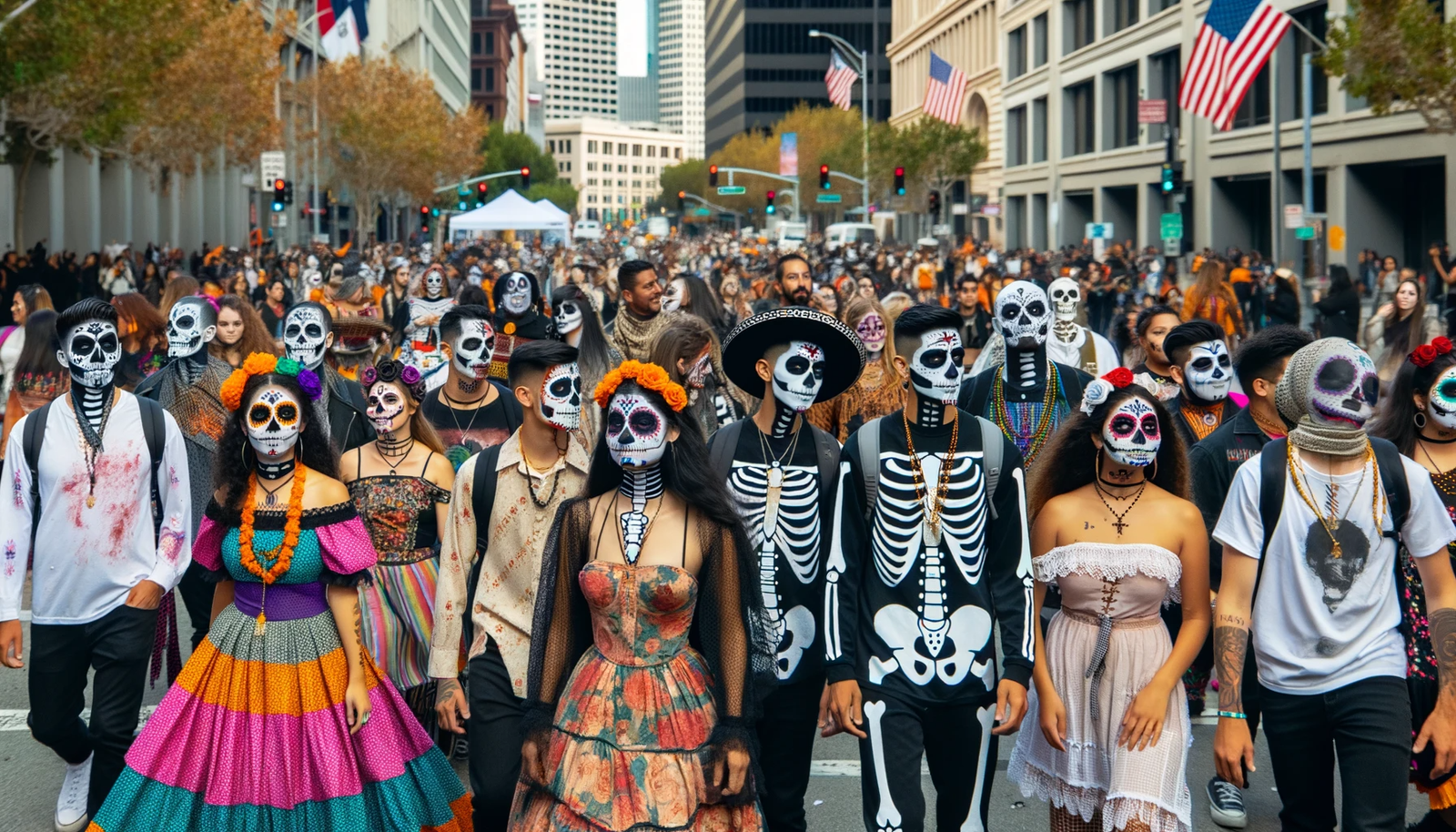Delving into the Cultural Significance and Artistry of Mexico's Iconic Day of the Dead Skulls
Alebrijes are more than mere colourful figures. They symbolize dreams, myths, and the boundless imagination of the Mexican spirit. With their eye-catching hues and whimsical shapes, each alebrije has a unique tale to share.
The History and Origins of Sugar Skulls Paragraph:
Tracing back to pre-Columbian times, the sugar skull has roots in indigenous traditions that commemorated the deceased. With the melding of Spanish colonial influences, this tradition evolved, integrating sugar artistry as a representation of the dead, transforming memorials into a colorful homage to the cycle of life.
Pre-Columbian Beliefs and Rituals Detail the ancient customs surrounding death in Mesoamerican cultures, emphasizing respect and remembrance.
The Spanish Influence and the Introduction of Sugar Art Discuss how Spanish colonial practices combined with indigenous rituals to create the contemporary sugar skull tradition.
- Modern-Day Celebrations and Variations Highlight how sugar skulls are used today in Day of the Dead celebrations and their significance in modern Mexican society.
Incorporate a mention of how authentic Mexican crafts, like hand-painted sugar skulls, available at MexRoots.com, keep the tradition alive.
Symbolism and Interpretation of the Calavera
The calavera, or skull, is not just a reminder of mortality but a symbol of celebration. Each skull is often personalized, reflecting the vibrancy and individuality of the soul it represents.
Celebrating Individuality through Art Each sugar skull is a testament to the individual it represents, often adorned with vibrant colors and patterns. These decorations are not just for aesthetic pleasure but serve to capture the essence of the departed soul, blending art with the personal stories of life.
The Collective Memory of a Culture The calavera does more than memorialize a single person; it stands as a symbol of collective memory, a way for communities to share their cultural heritage and bring the stories of past generations into the present.
The Iconography of the Calavera Explore the common symbols seen on Day of the Dead skulls, such as marigolds, which are believed to guide spirits back to the world of the living, and how these symbols contribute to the broader understanding of the calavera as a cultural icon.
Highlight how owning a piece of this tradition, such as the sugar skull-inspired crafts on MexRoots.com, offers a tangible connection to this rich cultural practice and an opportunity to celebrate the memory of loved ones year-round.
The calavera is not simply a symbol of the Day of the Dead but a vibrant, artistic representation of life, memory, and the enduring spirit of Mexican culture. As we observe this tradition, we recognize the beauty in remembrance and the importance of celebrating those who have shaped our lives.










